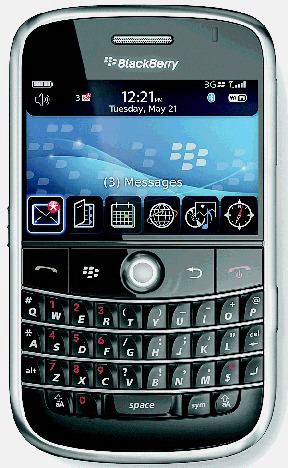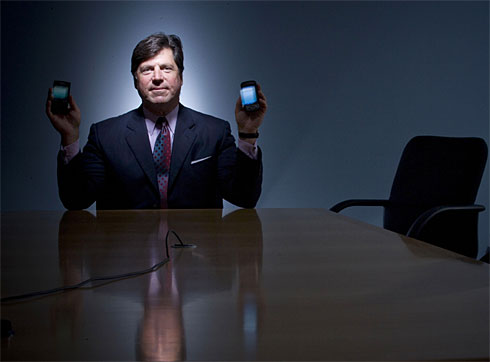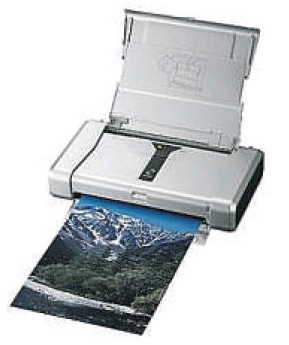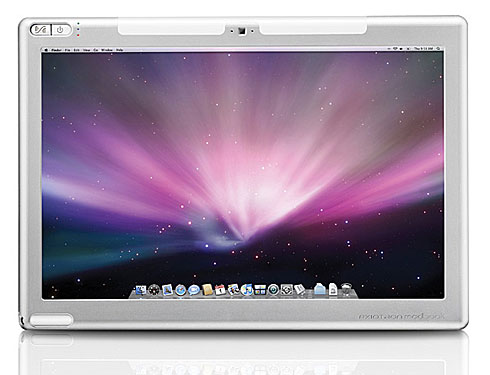New product pushes company’s stock to record level on TSE
David George-Cosh
Sun

The new BlackBerry 9000, otherwise known as the BlackBerry Bold, is aimed at RIM’s core base of business users. Photograph by : Reuters
TORONTO — Research In Motion Ltd. continued to show its strength as the dominant player in the smart-phone market with the latest upgrade to its iconic BlackBerry line that impressed both analysts and investors.
The release of the BlackBerry Bold, a faster and more enhanced upgrade of its BlackBerry Curve model, pushed RIM’s stock to record close on the Toronto Stock Exchange Monday, up almost seven per cent to $142.25.
As previously indicated by information leaked from the company, the BlackBerry Bold features the same
e-mail and multimedia capabilities found on previous devices, but is now equipped with support for 3G wireless networks, integrated Wi-Fi and GPS, a smoother physical design, and a more vivid screen resolution.
A Rogers Communications Inc. spokesperson said the company would soon offer the new BlackBerry model but declined to provide an official Canadian release date. RIM said the Bold model is scheduled to be available from wireless carriers around the world beginning this summer. Once globally deployed, the Bold could be responsible for at least an extra 1.75 million BlackBerrys sold per quarter for RIM, said Gartner analyst Ken Dulaney.
“It’s a very compelling device,” Dulaney said. “Europe really wants a 3G device and that’s why the iPhone hasn’t done very well over there.”
The timing of the device’s release is no accident, said Chris Hazelton, a senior mobile-communications analyst with IDC, noting Waterloo, Ont.-based RIM beat Apple Inc.’s imminent announcement of its new 3G iPhone.
“With the Bold, RIM has re-energized the uniqueness of the BlackBerry brand,” said Hazelton. “With new competitors targeting RIM’s hold on the enterprise market, RIM is launching this device to maintain the interest of C-level executives with a 3G device that has GPS and Wi-Fi.”
Apple made its own pitch to push RIM off its pedestal as the No. 1 smart phone on the market last March when it announced it had partnered with Microsoft Corp. to support e-mail messaging for businesses. But with each company holding only about one per cent of the global mobile handset market, there still remains plenty of opportunity for both companies to gain market share, said RBC Capital Markets analyst Mike Abramsky.
“Small shipments and share gains with Motorola in North America and Nokia in Europe are hugely meaningful to both RIM and Apple,” said Abramsky.
Co-chief executive Mike Lazardis confirmed, during the company’s annual Capital Markets Day on Monday, that the company is looking to multiply its new BlackBerry model offerings during the coming year. The comments fueled speculation the company is developing a touchscreen “iPhone killer” BlackBerry, among other models.
However, as competition swirls, the challenge for RIM now is getting the devices into subscribers hands, said AR Communications Inc. senior vice-president Carmi Levy.
“Anytime you can beat Apple to the punch is a good thing, but it’s a small victory for RIM,” he said. “It doesn’t change the direction the market is going.”
The release of the new BlackBerry model comes on the heels of an earlier announcement that RIM will co-manage a $150-million fund to spur the development of new applications for the smart-phone devices.












